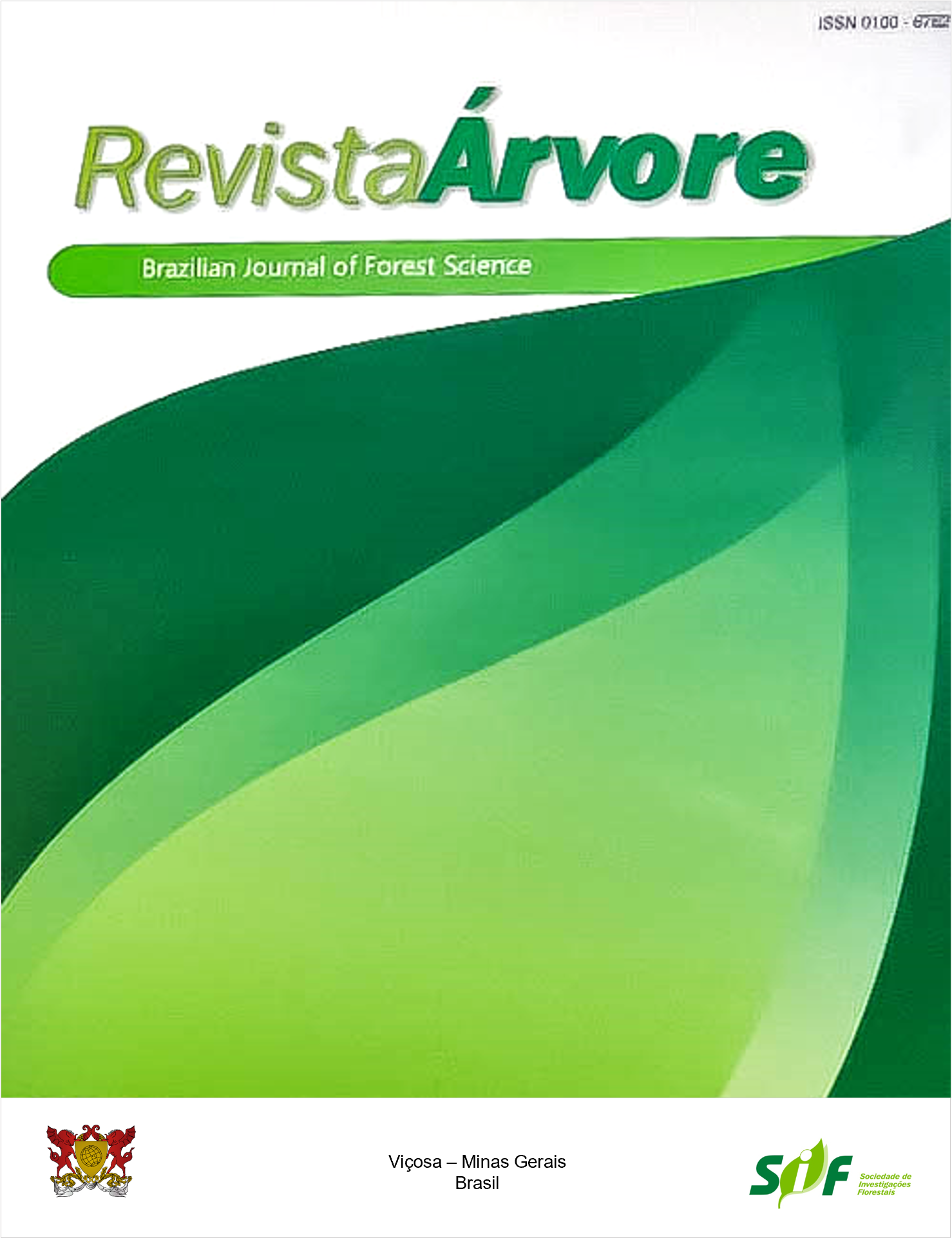CHANGES IN YIELD AND CHEMICAL COMPOSITION OF THREE-YEAR-OLD SHORT-ROTATION PLANTATIONS OF Dipteryx panamensis IN COSTA RICA
Keywords:
Tropical species, Woody crops, Energy cropsAbstract
Research and implementation of energy crops using short-rotation woody species (SRWC) are increasing in Latin America, especially for biomass production and use in bioenergy. For this purpose, one of the main factors to consider is species assessment. Therefore, the objective of the present study was to evaluate the growth characteristics, the production and distribution of biomass, and the chemical, physical, and energetic properties of the biomass of three-year-old Dipteryx panamensis plantations in SRWC in three different spacings (1.0x2.0 m, 1.0x0.5 m and 1.0x1.0 m) and establish the best spacing condition for this tropical species. The results showed that the production of biomass varies between 1.1 and 42.36 t.ha-1, and that 33-44% of the production are concentrated in the leaves. At three years, the SRWC presented 50% mortality, with a diameter of 4.8 cm at 30 cm-height from the ground, with total tree heights ranging from 5.17 to 6.98 meters. The evaluation of the biomass showed a calorific value between 18.9 and 19.4 MJ/kg, less than 1.81% of ash content and 86% of volatile content. As for the effect of the spacing, the green density of the wood and the moisture content increased with increasing spacing, while spacings of 1.0x1.0 m and 1.0x0.5 m showed the best behaviour regarding annual biomass production.
Keywords: Tropical species; Woody crops; Energy crops
Downloads
Published
How to Cite
Issue
Section
License
Copyright (c) 2021 Revista Árvore

This work is licensed under a Creative Commons Attribution 4.0 International License.
All authors agreed to submit the work to Revista Árvore and granted the exclusive license to publish the article. The authors affirm that it is an original work and has not been previously published elsewhere. The scientific content and opinions expressed in the article are the sole responsibility of the authors and reflect their opinions, not necessarily representing the opinions of the editorial board of Revista Árvore or of the Society of Forest Investigations (SIF).




